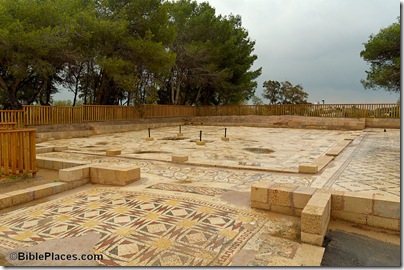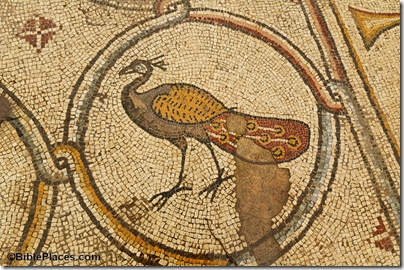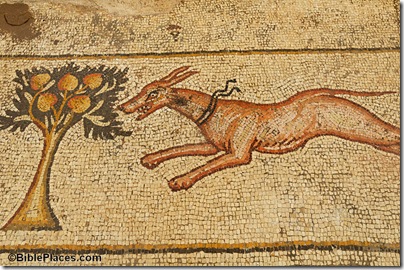From the AP:
A rare snowstorm swept the Middle East on Wednesday, blanketing parts of the Holy Land in white, shutting schools and sending excited children into the streets for snowball fights. The weather in Jerusalem topped local newscasts, eclipsing a government report on Israel’s 2006 war in Lebanon. Men in long Arab robes pelted each other with snowballs in the Jordanian capital, Amman, and the West Bank city of Ramallah, seat of the Palestinian government, came to a standstill. “I’m originally from Gaza where snow never falls,” said Bothaina Smairi, 28, who was out in Ramallah taking photographs. “The white snow is covering the old world and I feel like I am in a new world where everything is white, clean, and beautiful.” Jerusalem’s Old City was coated in white. A few ultra-Orthodox Jews, wearing plastic bags over their hats to keep them dry, prayed at the Western Wall, Judaism’s holiest site. Snow falls in Jerusalem once or twice each winter, but temperatures rarely drop low enough for it to stick. The Israeli weather service said up to 8 inches of snow fell in the city. By late morning, the snow changed to rain, turning the city into a slushy mess. But forecasters said temperatures were expected to drop, and the snow would continue through Thursday morning. Heavy snow also was reported in the Golan Heights and the northern Israeli town of Safed, and throughout the West Bank.
The story continues here. You can see some photos of Jerusalem in the snow from previous years here.


